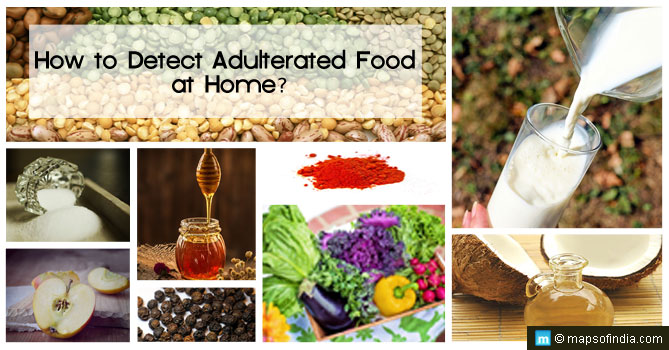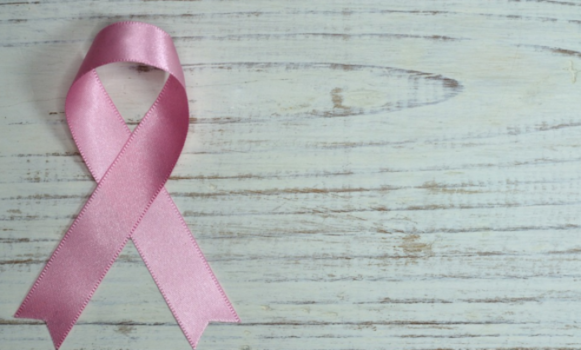The three basic necessities of life are food, clothing, and shelter. Sadly, the very food that helps in sustaining us is in most cases being adulterated. Adulteration is an addition or subtraction of any substance (sometimes harmful) to food or from food. Adulterated food harms the health of the consumer in the long-run.
Today we share with you a few ways to find if the food that you are about to consume is adulterated.
Milk
Milk is one of the easiest targets for adulteration. A study conducted by FSSAI in 2012 shows that milk in India is adulterated with water, chalk, urea, and caustic soda.
- Milk Slip Test
Put a drop of milk on a vertical surface. If it flows slowly leaving a white trail then it is pure milk. If it flows down fast then it is surely adulterated.
Honey
Water and refined sugar are added to honey to increase the quantity. In fact, a study conducted shows that even antibiotics are added to honey which is harmful in the long-run.
- Water Test for Honey
Add a teaspoon of honey to a glass of water. If it settles down at the bottom, then the honey is pure. However, if it dissolves in the water, then the honey is adulterated.
Clarified Butter/Ghee
Clarified butter has been found to contain adulterants such as coconut oil, vegetable oil, animal fat and sweet potato.
- Double Boiler Method to Test for Presence of Other Cheap Oils
Pour some ghee into a glass jar and melt it through the double boiler method. Then place the jar in the fridge. If the ghee is adulterated, it will solidify in different layers.
Pulses
Artificial colours are generally the adulterant found in pulses.
- Grind & Wash Method
Take a handful of the pulse you are using. Grind it into a powder. Then add water to it. If the water turns a bright yellow, the pulse is adulterated with artificial colours.
Salt
Chalk powder is the adulterant found in salt.
- Dissolve Method
Dissolve a teaspoon of salt in a bowl of water. If the solution remains clear then the salt is pure. If it turns white and there are remnants at the bottom, then the salt is adulterated with chalk powder.
Black Pepper Corns
Papaya seeds are used to increase the volume of black pepper.
- The Alcohol Test
Drop a spoonful of peppercorns in a bowl filled with alcohol. If pure then the peppercorns will remain afloat. If adulterated with papaya seeds, the seeds will sink to the bottom of the bowl.
Red Chilli Powder
Red chilli powder is found to be adulterated with red brick powder
- The Dissolve Method
Dissolve a teaspoon of red chilli powder in a glass of water. If the water turns bright red then it is adulterated with red brick powder.
Coconut Oil
Coconut oil is generally adulterated with other cheap oils.
- The Chilling Method
Take a bowl of coconut oil and chill it in the fridge for 30 mins. If it solidifies then it is pure. If adulterated, there will be other layers of the adulterants to be seen.
Green Vegetables
Malachite green, a kind of a dye, is used to give green vegetables their bright colour.
- The Blotting Paper Method
Place a sample of any of the green vegetables you are using like spinach, green peas, green chillies, on a blotting paper. If there are traces of the green colour on the paper, then it is adulterated with malachite green.
Apples
Apples are polished with wax to give them that fresh and shiny look which is in fact very harmful for health.
- The Scraping Method
Lightly scrape the skin of the apple with a blade. If adulterated with wax, you will see it come off on the blade.
Indian kitchens use a variety of ingredients but unfortunately in recent times, one can no longer be certain of the purity of these ingredients. The aforesaid methods are easy and can be done at home. So use these methods, eat healthily and stay safe.





